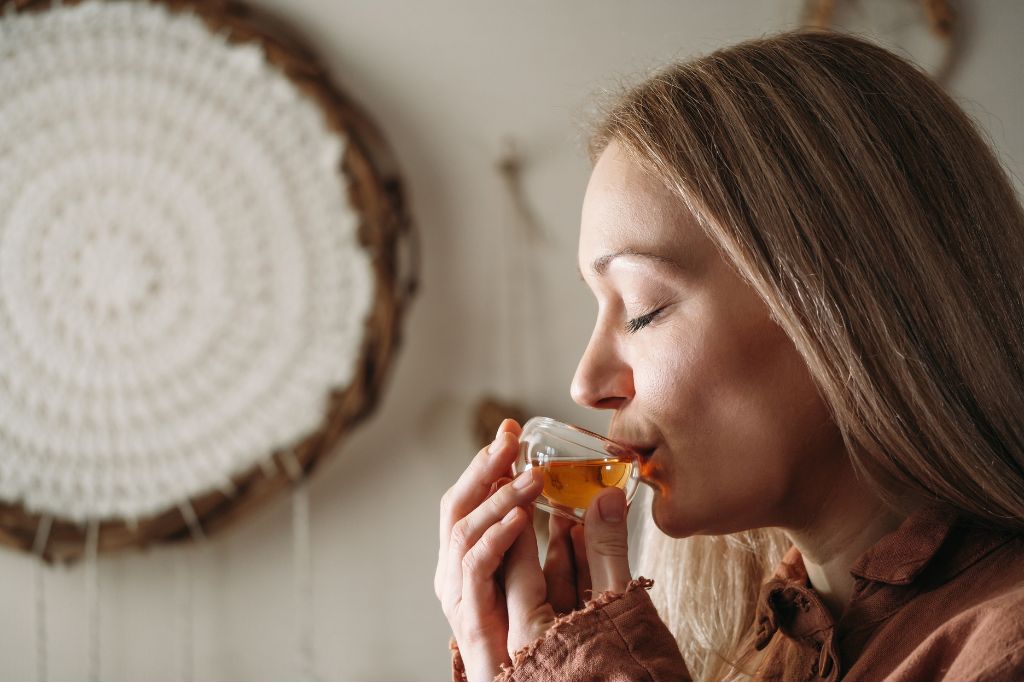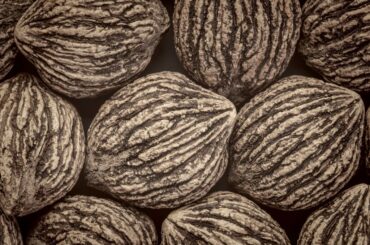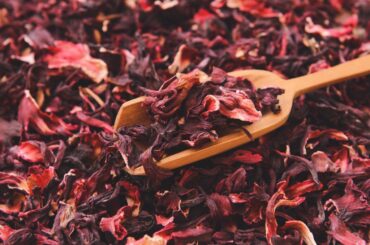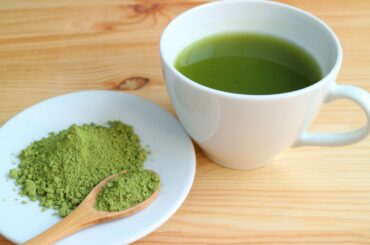Are you thinking about your tea-drinking journey but don’t know where to start? Did you know that tea, next to water, is considered one of the most consumed beverages worldwide?
Tea is known worldwide for its historical contribution, distinct flavors, and calming effects. It has been used in traditional events in Japan and England afternoon tea sessions.
Tea has recently become popular among those starting their tea set journey. Beginners find tea an easy choice and the best alternative to coffee and other sugary drinks.
The Origins And History Of Tea
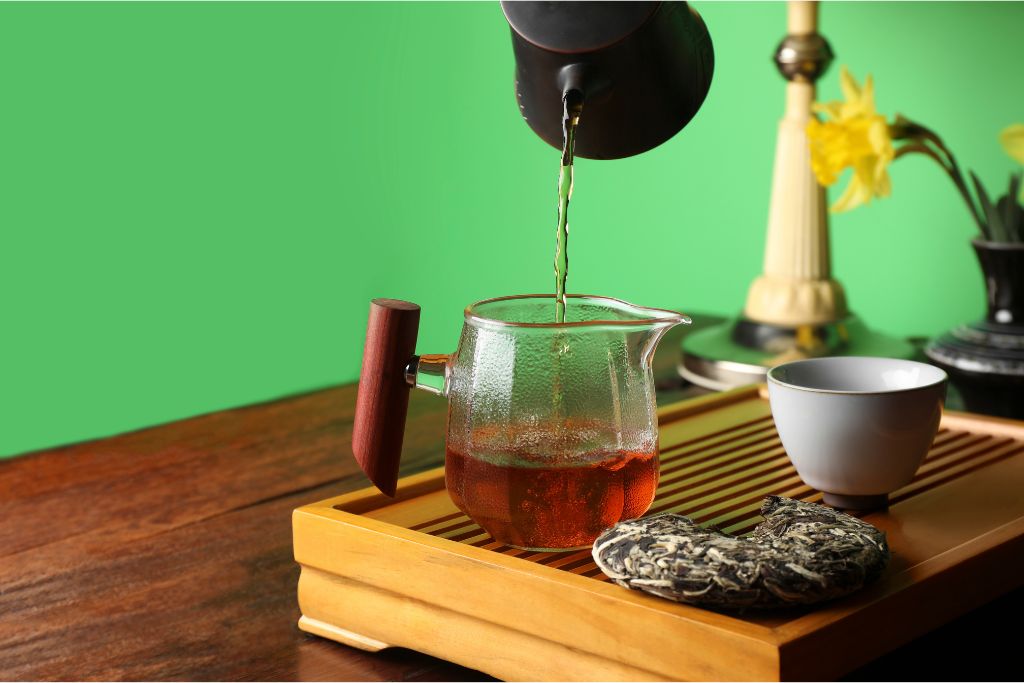
There is an exciting story about the discovery of tea in ancient China. People say that the wise and curious leader, named Emperor Shen Nong, had a pot of boiling water while sitting under a tree. After some tea leaves blew into his water, he accidentally tasted a delightful mixture.
Tea also has historical significance in other countries like Japan, India, and England. In Japan, tea is a form of art used in the “Japanese tea ceremony.” Meanwhile, in India, it is called “chai,” a type of Indian spiced tea. Tea is also known in England, where people have “afternoon tea” sessions.
Traders and explorers are the ones who carry tea to different countries, like Europe, the United States, Africa, and South America. Tea lovers enjoy it since it comes in many flavors, like green, black, and herbal tea.
Tea Traditions Around The World
Did you know the famous tea ceremony in Japan is called “Chanoyu” or “Sado?” This ritualized ceremony has its roots in Zen Buddhism. Making it focuses on awareness, harmony, and respect. This ceremony involves special tools and exact movements while making and serving matcha, or powdered green tea.
In the 19th century, Anna, the Duchess of Bedford, introduced “afternoon tea.” This involves sipping tea while enjoying sandwiches, scones, and pastries in the late afternoon. It began as a social event only for the upper class but became famous among people from all walks of life.
Moroccan mint tea reflects the rich history of North Africa. They called their tradition “Atay,” which involves pouring green tea with fresh mint leaves from a great height to make a rich, fragrant drink. Known as a symbol of hospitality and togetherness, tea in Morocco is shared with family and friends.
Tea customs have changed and adapted to meet the needs of modern life without losing their heritage. They give you a glimpse of different nations’ traditions, beliefs, and rituals. This also reminds you of the power tea has around the world.
Best Tea For Beginners
If you’re a tea beginner, it’s vital to consider the typical type of tea that gets you off to a good start. Here are the best teas for beginners:
Green Tea
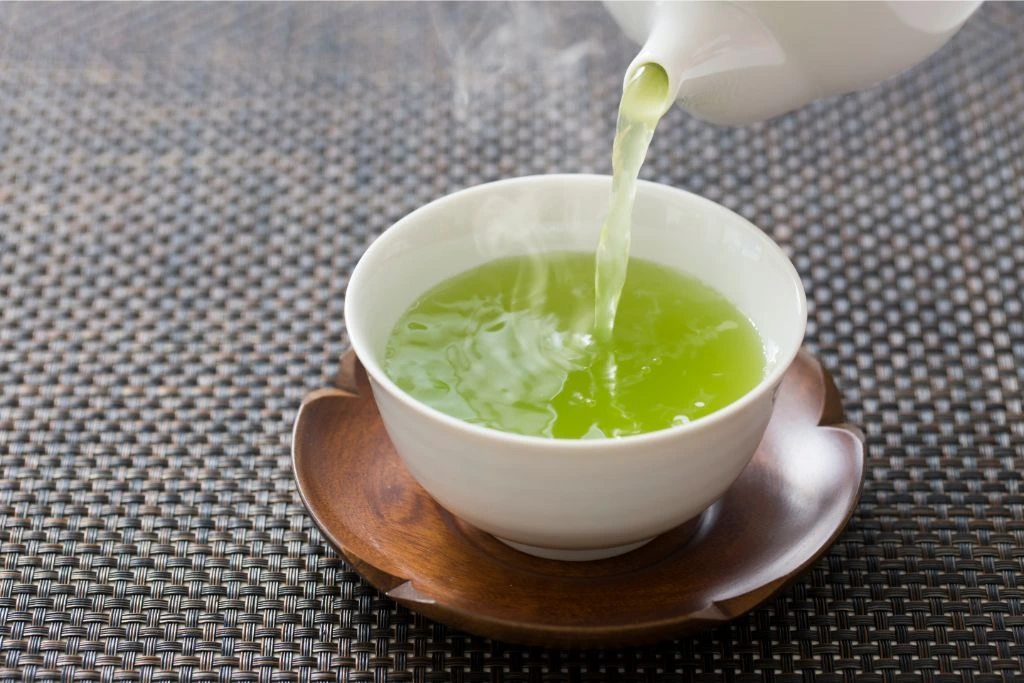
This is the type of tea that is known for its delicate and slightly vegetal flavor. It displays a natural green color and has antioxidant properties since it is minimally processed. Notable regions that produce green tea are China, Japan, and India.
Black Tea
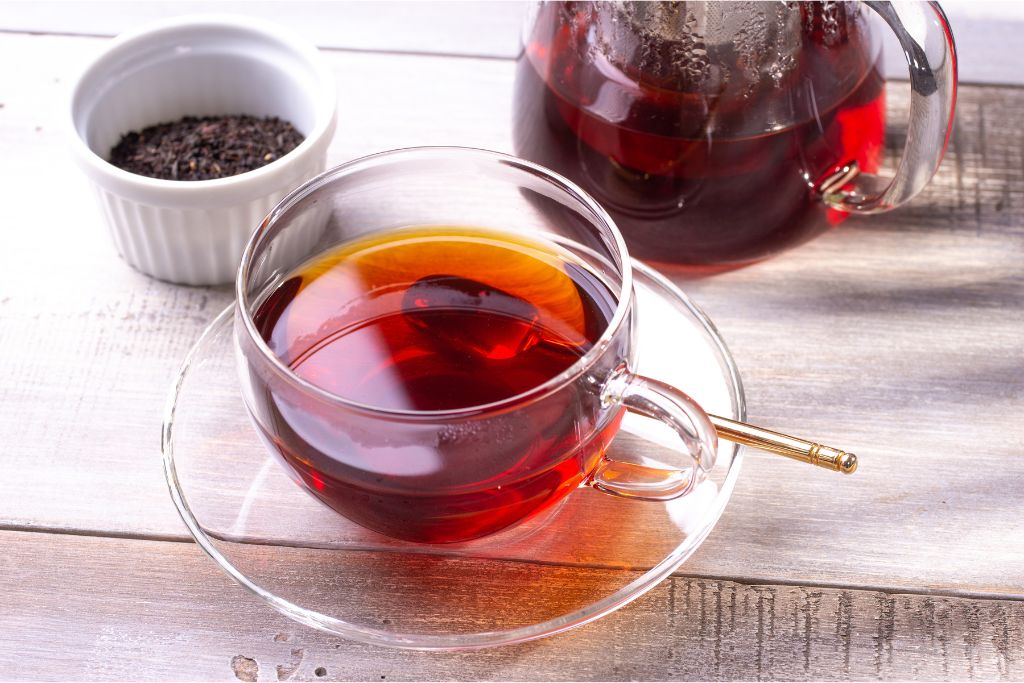
India, Sri Lanka, and Kenya are among the regions with an extensive production of black tea. This drink has a robust flavor with malt notes and a full-bodied taste. It has a dark color and a bold taste because it undergoes the process of complete oxidation.
White Tea
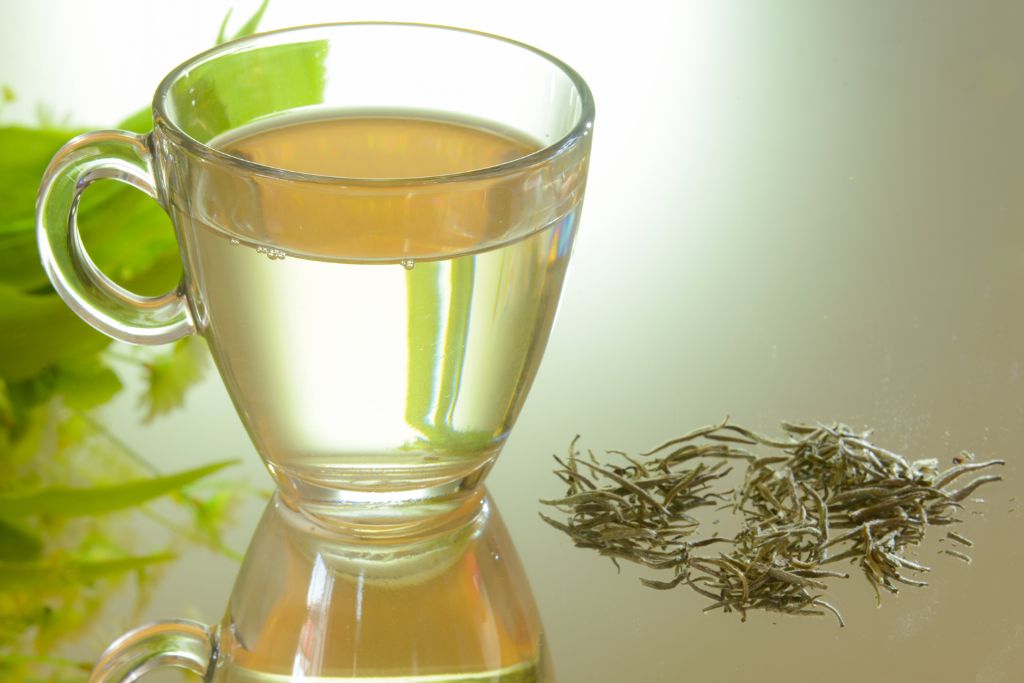
White tea, which originated in China’s Fujian Province, is said to be one of the most unprocessed teas. It has subtle, sweet, and floral flavors that are produced by using young tea leaves and buds.
Oolong Tea
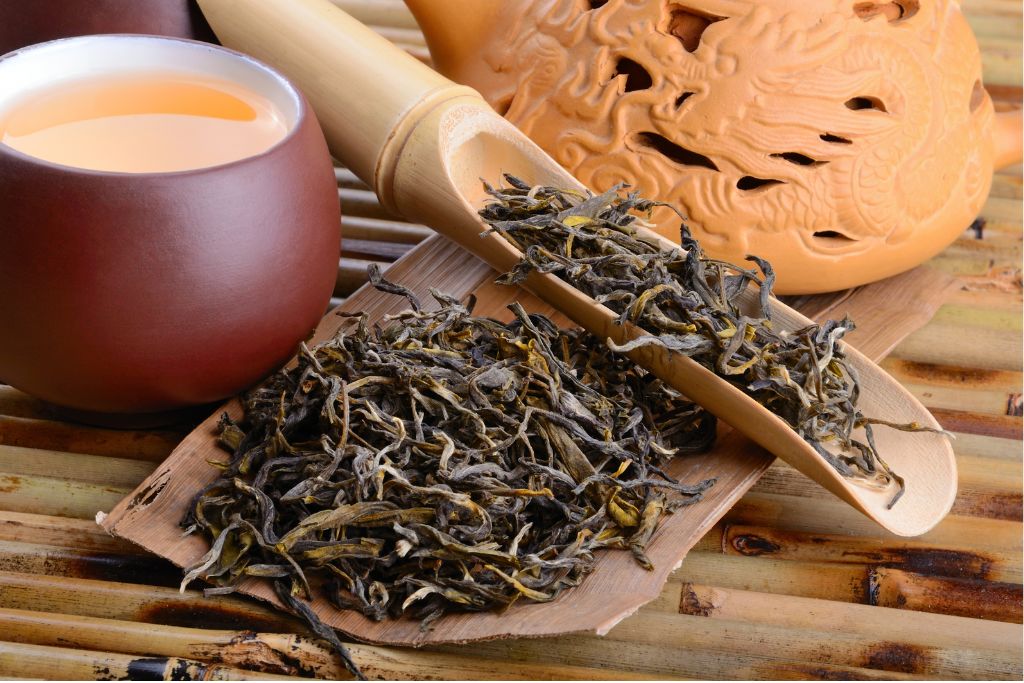
In terms of oxidation, oolong tea can fall between green and black tea. This tea offers a balanced taste with varying degrees of sweetness and complexity. It is best advised to get oolong tea in places in China, like Fujian and Taiwan.
Herbal Tea
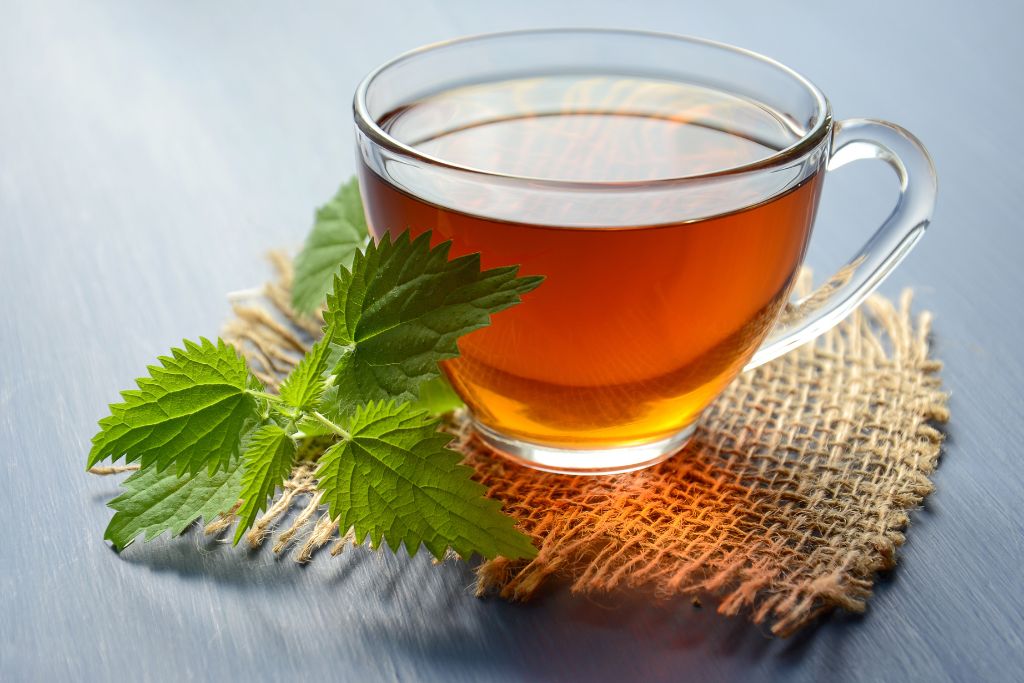
Do you want to consider caffeine-free options produced by herbal tea? This tea is a healthier choice for those who are avoiding caffeine. It is created by mixing the flavors present in herbs, fruits, and spices.
Health Benefits Of Tea
Tea has been renowned for centuries, not only for its soothing properties but also for its many health benefits. Given below are the health benefits of tea:
Antioxidant Powerhouse
Tea, in general, is considered a healthy drink that contains catechins. Green tea is regarded as the best example of a tea that fights free radicals and oxidative stress present in your body. Having these compounds makes tea drinking a way of promoting overall health and lowering the risk of chronic diseases.
Be aware, though, that excessive consumption of green tea can lead to digestive issues, liver problems, and caffeine overdoses.
Heart Health Support
Regular tea intake, mainly black and green, has been known to reduce the risk of heart disease. The antioxidants in this drink help lower harmful cholesterol and blood pressure levels.
High amounts of highly caffeinated tea can elevate some individuals’ heart rate and blood pressure. A reason why moderation in tea intake should be applied and practiced.
Weight Management
Did you know that drinking tea regularly can help you maintain your figure? Catechins, known to help burn fat, are in certain green teas. This drink helps boost your metabolism and further promotes fat oxidation.
Being dependent on tea for weight loss without a balanced diet and exercise could harm your body in the long run.
Cognitive Enhancement
Tea contains a combination of caffeine and L-theanine that helps improve how your mind works in various ways. With tea as your drink, you’ll get the chance to promote how your body reacts to a particular situation, lowering the risk of damaging your nerve cells.
Digestive Health
Herbal teas, such as ginger and peppermint, have been used to soothe digestive problems. Regular tea consumption can avoid the occurrence of indigestion, bloating, and nausea.
It is recommended to start by consuming moderate amounts of tea to avoid side effects. You can encounter diarrhea, heartburn, and other stomach problems when tea is consumed in large amounts.
Brewing The Perfect Cup Of Tea
Before you start your tea journey, you must identify and master the essential steps and techniques in “Brewing the Perfect Cup of Tea.” Below are the strategies you can follow to make the perfect tea cup.
- Start With Choosing Quality Tea Leaves: It is essential to choose high-quality tea leaves to achieve a great cup. Choose and invest in fresh, whole tea leaves for the best flavor.
- Proper Water Temperature: A specific water temperature is required for a particular type of tea. Here are some guidelines you can refer to for optimal brewing experience:
- White Tea: 160-185°F (71-85°C)
- Green Tea: 175-185°F (80-85°C)
- Oolong Tea: 185-205°F (85-96°C)
- Black Tea: 200-212°F (93-100°C)
- Herbal Tea: 212°F (100°C)
- Measuring Tea-To-Water Ratios: Use one teaspoon of loose tea leaves per 8 ounces (240 ml) of water to balance the flavors.
- Use Clean, Filtered Water: Tap water with strong odors and flavors can alter the taste of your tea. That’s why using filtered or spring water is recommended for accurate flavors.
- Preheat Your Teapot Or Cup: Warm your teapot or cup by pouring a small amount of water into it. This will maintain the right water temperature needed for steeping.
- Mindful Steeping Times: Steeping time differs depending on the type of tea:
- White tea: 2-5 minutes
- Green tea: 1-3 minutes
- Oolong tea: 3-5 minutes
- Black tea: 3-5 minutes
- Herbal tea: 5-7 minutes (or as instructed)
- Cover While Steeping: For retained aroma and heat, it is recommended that you cover your teacup or cup while steeping.
- Experiment With Steeping Times: Determining what flavor works for you requires experimenting with different steeping times.
- Proper Tea Equipment: Use quality teapots, infusers, or gaiwans to make your brewing experience exciting and fun.
- Enjoy Freshly Brewed Tea: Tea is best enjoyed when consumed immediately. Freshly brewed tea is more flavorful and aromatic. Be mindful of the steeping time, as over-steeping can lead to bitterness.
- Sweeten And Flavor Wisely: Add a hint of sweetness and added flavors to your drink by using alternatives like honey, lemon, or mint. You can choose these healthier options if you’re avoiding sugar.
- Store Tea Properly: To guarantee the freshness of your tea, store it in airtight containers, away from light, moisture, and odors.
Tea Accessories
When making the best tea for new tea drinkers, it is crucial to use the correct tools for a perfect brewing experience. Here are some tea accessories you could use to make perfect, aromatic, and soothing teas:
- Teapots: Invest in high-quality teapots to ensure you enjoy and maximize your teatime sessions. A classic ceramic teapot or a glass infuser teapot are among the kinds of teapots you can choose from.
- Infusers: It is a must for you to have infusers if you are brewing some loose tea leaves. The key to a good purchase is to check which one allows your tea leaves to expand fully for a better taste.
- Cups And Mugs: The cups and mugs you’ll use for drinking can positively affect your tea-time sessions. Make sure to have and use the perfect set that you love.
- Tea Kettles: As discussed earlier, one of the secrets to having a perfect blend is the right water temperature. A reliable tea kettle with temperature control is recommended to maintain the water’s temperature.
- Timer: Steeping time is crucial to finding and making your best tea cup. A simple kitchen timer would be helpful for you to avoid excessive steeping.
- Saucers And Coasters: You can use these to add elegance to your tea setup. This will serve as a decoration and protect your space from heat and spills.
- Tea Towels: Keep your towels handy to immediately wipe spills and maintain the cleanliness of your brewing area.
- Tea Storage Containers: Preserving the freshness and aroma of your tea requires you to invest in good airtight containers.
- Tea Scoops: Keep your tea scoops available to measure the right amount of tea leaves. An accurate measurement will result in perfectly brewed tea.
- Tea Thermometers: Precision must be considered and applied. By using a thermometer, you’ll be able to ensure your water is at the ideal temperature for your specific tea.
Tips For Storing Tea
To preserve the best taste of tea for beginners, knowing the importance of proper storage and care for tea is advised. Tea is a delicate beverage that can quickly lose its taste when not stored correctly. Here are some tips for storing your tea:
- Choose The Right Container: Use airtight containers made of glass, ceramic, or tin to store your tea.
- Keep It Away From Light: When exposed to light, tea may deteriorate. Store your tea in a dark, cool place, away from direct sunlight to avoid losing its freshness.
- Seal It Properly: Always check if your containers are tightly sealed to prevent air from entering. Oxygen can cause your leaves to lose their aroma and flavor over time.
- Avoid Moisture: This is one of your enemies, as moisture will cause mold growth. It is best to keep your tea away from humid areas and put moisture-absorbing packets inside the container.
FAQs
What Tea Should I Drink As A Beginner?
As a beginner, you may opt to drink green, herbal, oolong, white, and black tea.
Are There Any Health Benefits To Drinking Tea As A Beginner?
Yes, tea is known to offer numerous health benefits. It has antioxidant properties that help enhance your immune system.
What Are Some Common Mistakes To Avoid When Drinking Tea?
Avoid over-steeping the tea, using an inaccurate water temperature, and not properly measuring tea leaves or bags.

